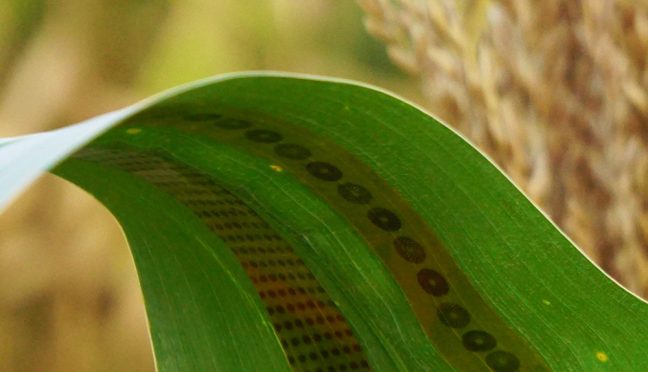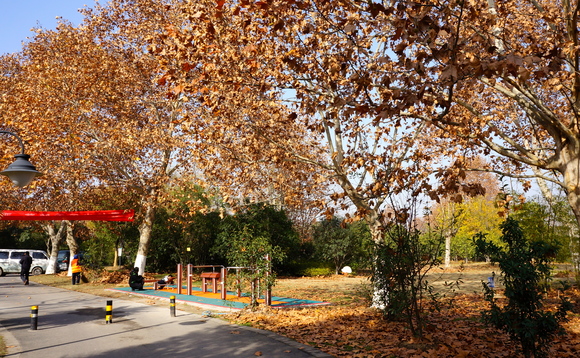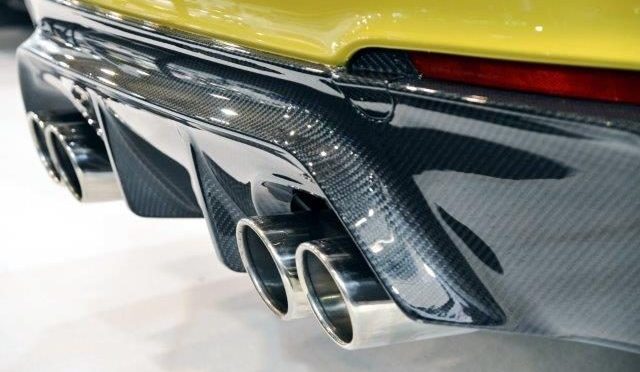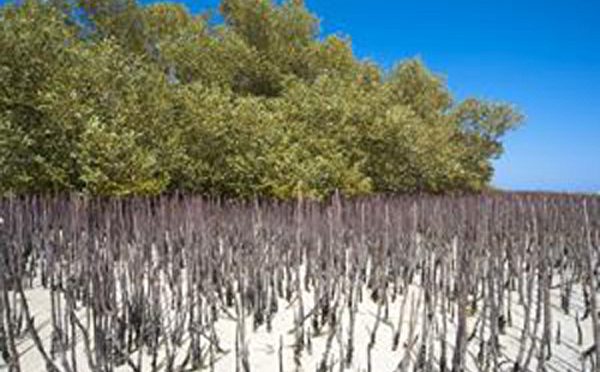Category: Plants & Technology
-

Wearable Sensors For Plants Enable Precise Monitoring
“The concept of wearable electronic sensors for plants is brand new. And the plant sensors are so tiny they can detect transpiration from plants, but they won’t affect plant growth or crop production.” But that’s not all the sensors can do. The technology could “open a new route” for a wide variety of applications, the…
-

Researchers Apply Microbes To Save Endangered Plant
Transplanting wild microbes from healthy related plants can make a native Hawaiian plant healthier and likelier to survive in wild according to new research. (Click on title for full story.)
-

First Hands-Free Grain Crop Planted and Grown To Harvest Entirely By Machine
Hands Free Hectare’s final yield was a couple of metric tons lower than the average from conventionally farmed land—and the costs in both time and money were, unsurprisingly for a pilot project, stratospherically higher. Nevertheless, the team’s experience suggests that drone agriculture offers some substantial benefits. (Click on title for full stoy.)
-

Maybe Your Next Computer Will Be Running On Autumn Leaves
Scientists in China and the US claim to have found a valuable use for the thousands of dead leaves that litter the roadsides of China each autumn. Instead of burning them, which is the traditional solution and one that exacerbates China’s air pollution problem, the researchers say they have developed a method to convert the…
-

Your Next Car May Be Made Out Of Trees
Using plants and trees to make products such as paper or ethanol leaves behind a residue called lignin, a component of plant cell walls. That leftover lignin isn’t good for much and often gets burned or tossed into landfills. Now, researchers report transforming lignin into carbon fiber to produce a lower-cost material strong enough to…
-

Probiotics Protect Trees Planted For Pollution Remediation
Trees have the ability to capture and remove pollutants from the soil and degrade them through natural processes in the plant. It’s a feat of nature companies have used to help clean up polluted sites, though only in small-scale projects. Now, a probiotic bacteria for trees can boost the speed and effectiveness of this natural…
-

Mangroves Cleanse Polluted Soil And Water Of Heavy Metals
Grey mangrove trees, Avicennia marina, filter heavy metals out of the surrounding soil and water. A new study from Indonesia has found that their leaf litter accumulates the most copper, followed by leaves and then roots. (Click on title for full story.)
-
Plant Resins Reveal Story of 800-year Old Asian Trading Ship
“What was it doing here? What were the ports it went to? Was its end use to be for caulking in a shipyard, or burned as incense at a religious site?” Lambert says. “Getting answers to these questions is how archaeologists spend their time, and what scientists are able to provide a bit of help…
-
Cryogenic Apples Promise Apples Every Day
These suspended animation chambers for apples occasionally make the news when someone thinks they’ll be alright if they just hold their breath while on a quick visit inside. In 2013, two workers on the Earl of Selbourne’s apple farm on Blackmoor Estate in Hampshire in the UK were found dead in the controlled atmosphere storage…
-
Going Where No Seed Has Gone Before: Morning glories In Space
Natural sunscreens help morning glory seeds survive doses of ultraviolet (UV) radiation that would burn most humans to a crisp, according to a new study. The hardy seeds of the common flowering plant would probably even survive a voyage between planets, say the researchers. This might help researchers decide which species to send on future…
